ISO Photography Basics for Beginners
If you are delving into photography and have encountered the confusing term ISO, you're in the right place to understand the basics of ISO photography for beginners. ISO stands for International Organization for Standardization. It may sound confusing, but understanding ISO for the beginner photographer is easier than you may think.
What is ISO?
ISO refers to the sensitivity level of your camera's sensor to light. In simple terms, the lower the ISO, which is represented by a number, the less sensitive the sensor is to light, and the higher the ISO, which is also represented by a number, the more sensitive it is.
ISO Variables.
Camera settings may range from a lower limit of perhaps 100, increasing to 12,500, and more. However, your camera may increase or decrease as equipment evolves and changes.
Understanding ISO.
Understanding how ISO can help you successfully take photos when you're frustrated with your results will be beneficial and extremely helpful in certain photo shoot situations and conditions.
Increasing ISO Numeric Values.
Increasing the ISO numeric value helps capture a scene or subject in low-light conditions or when a faster shutter speed is required to capture your subject.
Key Points About ISO:
You can use the camera's Auto ISO setting to let it determine the numeric value based on how it interprets the subject or scene.
However, manually deciding on and adjusting the ISO values allows for increased control over exposure.
ISO is one of three components relating to what's referred to as the exposure triangle.
The other two components are aperture and shutter speed.
With ISO, the lower the numerical value, such as 100, 200, or 400, the less sensitive the sensor is to light.
The higher the numeric value, such as 1000, 1600, or 3200, the more sensitive the sensor is to light.
Depending on how well your camera handles high numeric ISO values, the higher the number, the more sensitive the sensor is to light, which may produce digital noise.,
Digital noise may result in a grainy and pixilated result.
In this example, the ISO numeric value is shown to be 100.
Using ISO
ISO photography basics for beginners involve finding the optimal balance between:
Having enough light to expose your image.
Your choice of aperture, or the f-stop.
The optimum shutter speed to capture your subject, particularly if it’s in motion.
To prevent excess digital noise, choose a lower ISO or numeric value.
As previously mentioned, ISO is one of the three components of the exposure triangle, along with aperture and shutter speed. Learning to balance these three elements is necessary for achieving well-exposed images.
Recommended ISO Settings:
Lower ISO settings, around 100 or 200, are usually sufficient for those bright, sunny days and when the available light is abundant.
A mid-range ISO of 400 or 800 provides increased sensitivity, which is helpful in well-lit indoor or overcast situations.
Higher ISO settings, such as 1600 and above, are usually reserved for low-light conditions.
Depending on available lighting, there will be occasions to use the lowest ISO numeric value, or camera setting, to the highest.
Where to find the ISO settings.
Please refer to your camera manual if you need to locate the ISO setting for your particular camera model, as it may be different.
Option Two:
Look for a quick-access button with the letters ISO above it on the back of your camera body.
Your camera may also come with a quick adjust, as seen here with an ISO button.
Press the button and rotate the main command or rotary dial to the desired setting.
Observe the setting on the camera display or when looking through the viewfinder as you adjust the dial.
Examples of ISO Settings:
Changing the numerical value from 3200 to 1600 would halve the amount of light sensitivity, just as you would again from 1600 to 800. If you begin at 800 and stop at 1600, you double the light sensitivity.
Can you change the ISO Value When in the camera's Auto Mode?
Yes, you can. However, you will discover that the option to do so in specific camera shooting modes is unavailable. In that case, your camera may display a message, or the text changes to grey, indicating you cannot utilize it.
If you change the ISO when shooting with the camera's automatic mode, the camera will adjust the aperture and shutter speed for the best results.
In Conclusion
Remember, there's no right or wrong ISO speed; just be aware of digital noise and use ISO numeric values appropriately to capture your scene or subject satisfactorily. If you have sufficient available or artificial light, you can usually use a lower ISO. In low-light situations or when a faster shutter speed to capture action is necessary, increase the ISO.
ISO settings can play an important role in indoor or night photography, as high ISO numeric values help you capture images in low-light situations without a flash.
If you would like to delve into ISO and understand its relation to aperture, f-stops, shutter speed, and more, I cover this in detail in my online self-paced course, Making Photography Easy and Fun.
Digital noise is visible in the pixilated, discoloured, grainy appearance, at ISO 3200.
I took this photo years ago with a camera that did not handle any numerical ISO value above 800.





